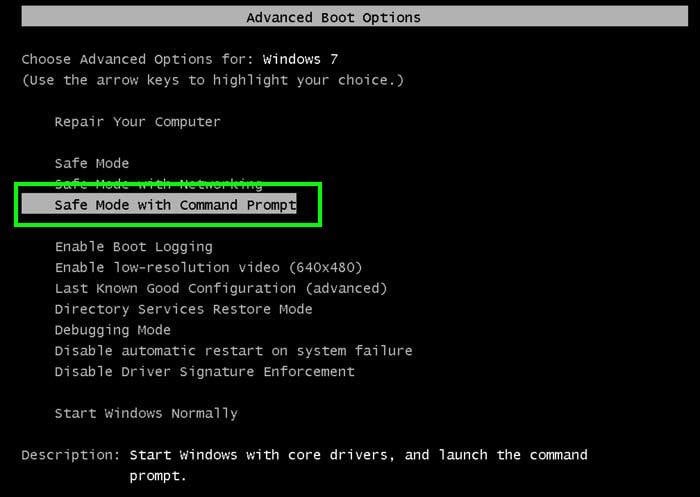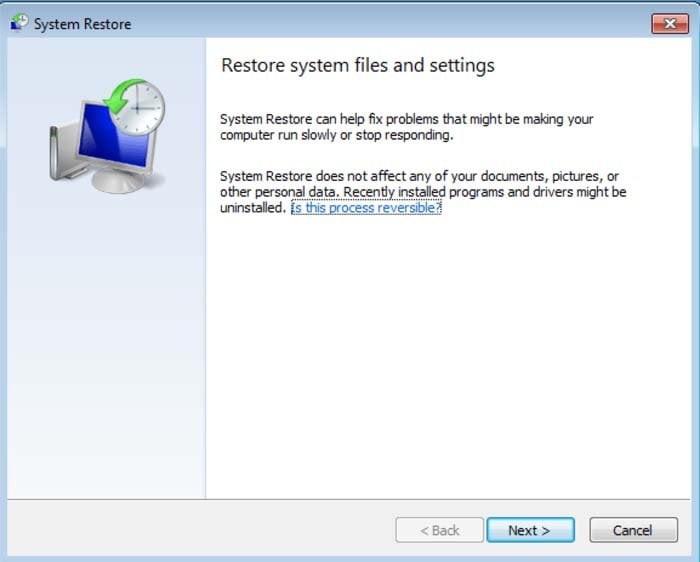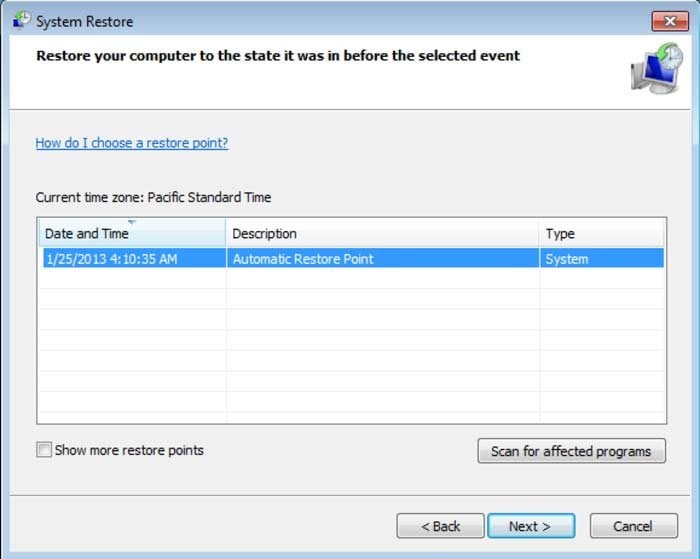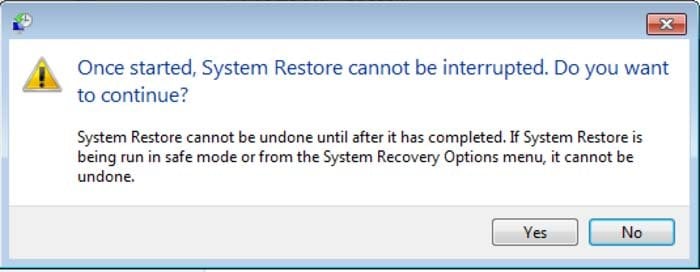Get free scan and check if your device is infected.
Remove it nowTo use full-featured product, you have to purchase a license for Combo Cleaner. Seven days free trial available. Combo Cleaner is owned and operated by RCS LT, the parent company of PCRisk.com.
What is Computer Locked - Ukash?
Deceptive messages demanding payment of fines for supposed law violations are scams. Such security infections are classed as ransomware. Screen lockers of this nature are created by cyber criminals in the hope that PC users will fall for their trickery and send them the money.
There are several ransomware families targeting PC users from different countries using localized variants of their fake messages.
In order to make these false messages appear authentic, cyber criminals exploit the names and graphics of local authorities. To determine the location of the target computer, ransomware infections detect IP addresses and are capable of presenting PC users with a deceptive message adapted with graphics and names of local authorities.

In fact, no international authorities use such methods (locking computer screens) to collect fines for any law violations. If your computer desktop is blocked with a message demanding payment of a fine to unblock your machine, your PC is infiltrated with a ransomware infection.
Paying these fines is equivalent to sending your money to cyber criminals and there is no guarantee that your PC will be unlocked as a result.
The correct way to deal with ransomware infections is to eliminate them from your system. Some of the most widely-distributed ransomware infections exploit the names of the FBI, Internet Crime Complaint Center, Department of Justice, and Police Central E-Crime Unit.
Commonly, ransomware infections are proliferated using Trojans, drive-by downloads, and fake video codec downloads. Cyber criminals also create malicious websites capable of exploiting security vulnerabilities within users' PCs, and then infecting these systems with rogue screen lockers. In order to collect bogus fines, cyber criminals use pre-paid card services such as Ukash.
Transfering money using this method makes the tracking of cyber criminals problematic for genuine authorities. Note that Ukash is a legitimate service and in no way related to ransomware - cyber criminals simply use this service to extort money from unsuspecting PC users.
Commonly, deceptive messages within ransomware infections state that computer users' PCs were locked due to illegal downloads, watching pornography, etc., statements which are false and made only to scare PC users into paying bogus fines. If your computer is infiltrated with a ransomware infection, use the removal guide provided to eliminate this scam from your PC.
Ukash (Smart Voucher Limited) is a legitimate company and not related to ransomware viruses - cyber criminals use this service to extort money from unsuspecting PC users.
Some examples of fake messages presented by the "Computer Locked - Ukash Virus" :
All activity of this computer has been recorded. If you use a web cam videos and pictures were saved for identification. You can be clearly identified by resolving your IP address and the associated host name. Illegally downloaded material (MP3's, Movies or Software) has been located on your computer.
Your computer has been locked!
This operating system is locked due to the violation of the federal laws of the United States of America! (Article 1, Section8, Clause 8, Article 202; Article 210 of the Criminal Code of U.S.A. provides for a deprivation of liberty for four to twelve years.)Threat of Prosecution Reminder.
You have been violating Copyright and Related Rights Law (Video, Music, Software) and
illegally using or distributing copyrighted content, thus infringing Article 1, Section 8, Clause 8, also known as the Copyright of the Criminal Code of United States of America.
Instant automatic malware removal:
Manual threat removal might be a lengthy and complicated process that requires advanced IT skills. Combo Cleaner is a professional automatic malware removal tool that is recommended to get rid of malware. Download it by clicking the button below:
DOWNLOAD Combo CleanerBy downloading any software listed on this website you agree to our Privacy Policy and Terms of Use. To use full-featured product, you have to purchase a license for Combo Cleaner. 7 days free trial available. Combo Cleaner is owned and operated by RCS LT, the parent company of PCRisk.com.
Quick menu:
- What is Computer Locked - Ukash?
- STEP 1. "Computer Locked - Ukash" virus removal using safe mode with networking.
- STEP 2. "Computer Locked - Ukash" virus removal using safe mode with command prompt.
- STEP 3. "Computer Locked - Ukash" ransomware removal using System Restore.
- STEP 4. Remove "Computer Locked - Ukash" manually by deleting files and registry entries.
"Computer Locked - Ukash Virus" removal:
Step 1
Start your computer in Safe Mode. Click Start, click Shut Down, click Restart, click OK. During your computer starting process press the F8 key on your keyboard multiple times until you see the Windows Advanced Option menu, then select Safe Mode with Networking from the list.

Video showing how to start Windows 7 in "Safe Mode with Networking":
Video showing how to start Windows 8 in "Safe Mode with Networking":
Step 2
Log in to the account infected with "Computer Locked - Ukash Virus". Start your Internet browser and download a legitimate anti-spyware program. Update the anti-spyware software and start a full system scan. Remove all entries detected.
DOWNLOAD remover for malware infections
Combo Cleaner checks if your computer is infected with malware. To use full-featured product, you have to purchase a license for Combo Cleaner. 7 days free trial available. Combo Cleaner is owned and operated by RCS LT, the parent company of PCRisk.com.
Cannot boot in Safe Mode with Networking? ("Computer Locked - Ukash virus" blocks Safe Mode with Networking)
If you have more than one user account in your operating system, please log-in to the clean account and download the recommended malware removal software, install it and run a full system scan. Remove all security infections detected.
If, however, you have only one user account, please follow this guide (it will describe how to create a new user account using Safe Mode with Command Prompt. Using this newly-created user account you will be able to remove the "Computer Locked - Ukash Virus").
If the "Computer Locked - Ukash Virus" virus also blocks your operating system's Safe Mode with Networking, follow these removal instructions:
1. During your computer starting process, press the F8 key on your keyboard multiple times until the Windows Advanced Options menu appears, and then select Safe Mode with Command Prompt from the list and press ENTER.

2. When Command Prompt Mode loads, enter the following line: net user removevirus /add and press ENTER.

3. Next, enter this line: net localgroup administrators removevirus /add and press ENTER.

4. Finally, enter this line: shutdown -r and press ENTER.

5. Wait for your computer to restart, then boot your PC in Normal Mode and login to the newly-created user account ("removevirus"). This account will not be affected by the ransomware infection and you will be able to download and install recommended malware removal software to eliminate this virus from your computer.

6. Download and install recommended malware removal software to eliminate this ransomware infection from your computer:
DOWNLOAD remover for malware infections
Combo Cleaner checks if your computer is infected with malware. To use full-featured product, you have to purchase a license for Combo Cleaner. 7 days free trial available. Combo Cleaner is owned and operated by RCS LT, the parent company of PCRisk.com.
If the newly-created user account is also affected by the ransomware infection, try performing a System Restore:
Video showing how to remove ransomware virus using "Safe Mode with Command Prompt" and "System Restore":
1. During your computer starting process, press the F8 key on your keyboard multiple times until the Windows Advanced Options menu appears, and then select Safe Mode with Command Prompt from the list and press ENTER.

2. When Command Prompt Mode loads, enter the following line: cd restore and press ENTER.

3. Next, type this line: rstrui.exe and press ENTER.

4. In the opened window, click "Next".

5. Select one of the available restore points and click "Next" (this will restore your computer system to an earlier time and date, prior to the ransomware infiltrating your PC).

6. In the opened window, click "Yes".

7. After restoring your computer to a previous date, download and scan your PC with recommended malware removal software to eliminate any remnants of Ukash ransomware.
Notice that some ransomware infections are capable of encrypting files stored on an infected PC. If you are dealing with such an infection, you can use some of the tools listed below to decrypt your files.
To regain control of your files (decrypt) try using these tools:
Trojan.Winlock decoding utility (Dr.Web)
Alternative "Computer Locked - Ukash Virus" removal guide:
If this ransomware blocks your screen when you start your computer in Safe Mode with Networking, try starting your PC in Safe Mode with Command Prompt.
1. During your computer starting process, press the F8 key on your keyboard multiple times until the Windows Advanced Options menu appears, and then select Safe Mode with Command Prompt from the list and press ENTER.

2. In the opened Command Prompt, type explorer and press Enter. This command will open the Explorer window - do not close it and continue to the next step.
3. In the Command Prompt, type regedit and press Enter. This will open the Registry Editor window.
4. In the Registry Editor window, navigate to HKEY_LOCAL_MACHINE\SOFTWARE\Microsoft\Windows NT\CurrentVersion\Winlogon\

5. In the right side of the window, locate "Shell" and right click on it. Click on Modify. The default value in the Data column is Explorer.exe - if you see something else displayed in this window, remove it and type Explorer.exe (take a note of whatever else was displayed in the Data column - this is the path of the rogue execution file). Use this information to navigate to the rogue executable and remove it.
6. Restart your computer, download and install legitimate anti-spyware software and perform a full system scan to eliminate any remnants of the "Computer Locked - Ukash Virus".
DOWNLOAD remover for malware infections
Combo Cleaner checks if your computer is infected with malware. To use full-featured product, you have to purchase a license for Combo Cleaner. 7 days free trial available. Combo Cleaner is owned and operated by RCS LT, the parent company of PCRisk.com.
Share:

Tomas Meskauskas
Expert security researcher, professional malware analyst
I am passionate about computer security and technology. I have an experience of over 10 years working in various companies related to computer technical issue solving and Internet security. I have been working as an author and editor for pcrisk.com since 2010. Follow me on Twitter and LinkedIn to stay informed about the latest online security threats.
PCrisk security portal is brought by a company RCS LT.
Joined forces of security researchers help educate computer users about the latest online security threats. More information about the company RCS LT.
Our malware removal guides are free. However, if you want to support us you can send us a donation.
DonatePCrisk security portal is brought by a company RCS LT.
Joined forces of security researchers help educate computer users about the latest online security threats. More information about the company RCS LT.
Our malware removal guides are free. However, if you want to support us you can send us a donation.
Donate
▼ Show Discussion